The anode voltage of photocellis kept fixed. The wavelength λ of the light falling on the cathode is gradually changed. The plate current I of the photocell varies as follows:
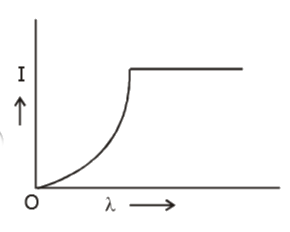
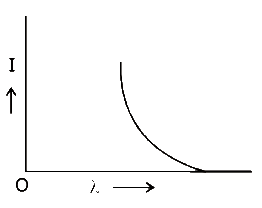
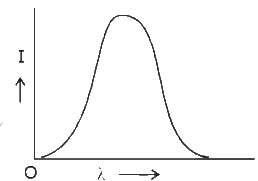
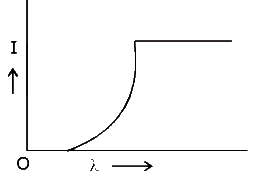
The correct Answer is:B
Step by step video, text & image solution for The anode voltage of photocellis kept fixed. The wavelength lambda of the light falling on the cathode is gradually changed. The plate current I of the photocell varies as follows: by Physics experts to help you in doubts & scoring excellent marks in Class 12 exams.
Updated on:21/07/2023Topper's Solved these Questions
- PHOTOELECTRIC EFFECT BOOK - MOTIONCHAPTER - PHOTOELECTRIC EFFECT EXERCISE - EXERCISE - 3 SECTION -A (Previous Year Problems (NEET ))
38 Videos
- OPTICSBOOK - MOTIONCHAPTER - OPTICSEXERCISE - Exercise
45 Videos
- PROJECTILE MOTIONBOOK - MOTIONCHAPTER - PROJECTILE MOTIONEXERCISE - EXERCISE-3 (SECTION-B)
8 Videos
Similar Questions
Find the thickness of a plate which will produce a change in opticle path equal to half the wavelength λ of the light passing through it normally. The refractive index of the plate is μ.
View SolutionThe stopping potential in a photoelectric experiment is linearly related to the inverse of the wavelength (1λ) of the light falling on the cathode. The potential difference applied across an X-ray tube is linearly related to the inverse of the cutoff wavelength (1λ) of the X-ray emitted. Show that the slopes of the lines in the two cases are equal and find its value.
View Solution
Knowledge Check
The anode voltage of a photocell is kept fixed. The wavelength λ of the light falling on the cathode is gradually changed. The plate current I of the photocell varies as follows:
A B
B C
C D
D
The anode voltage of photocellis kept fixed. The wavelength λ of the light falling on the cathode is gradually changed. The plate current I of the photocell varies as follows:
A B
B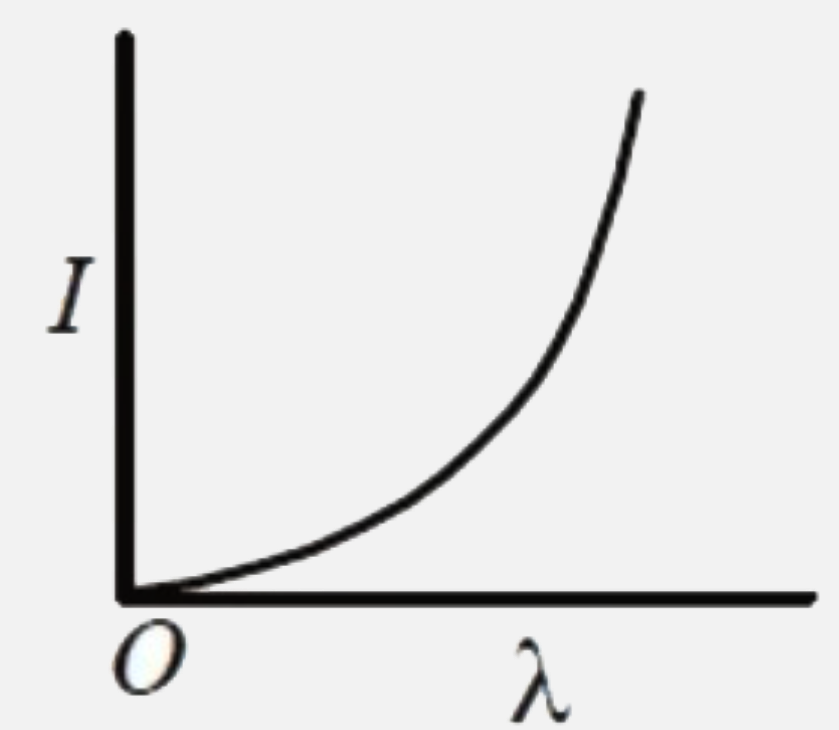 C
C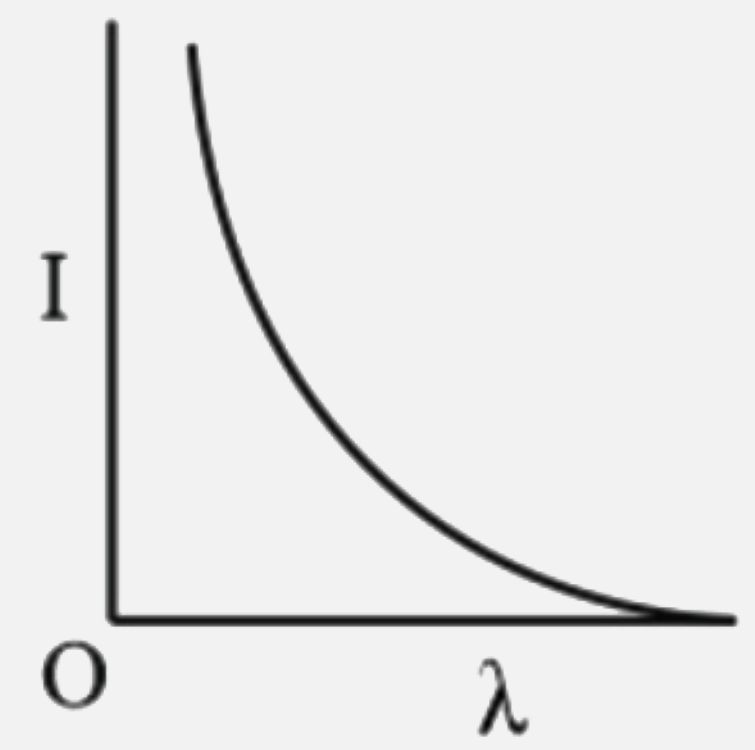 D
D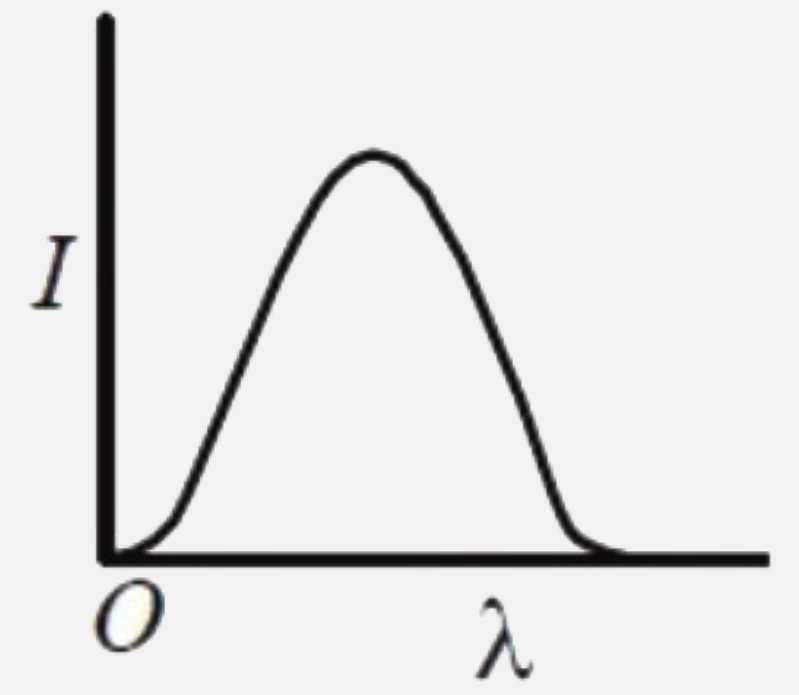
The anode vollage of a photocell is kept fixed . The wavelength λof the light falling on the cathode varies as follows
A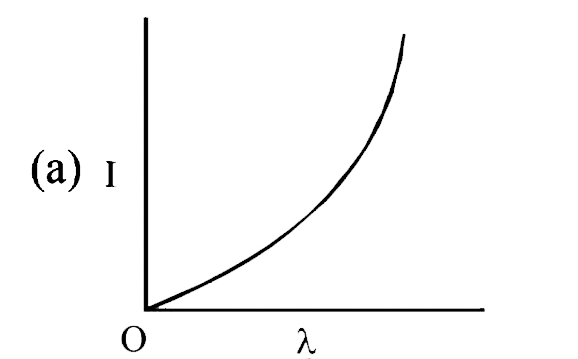 B
B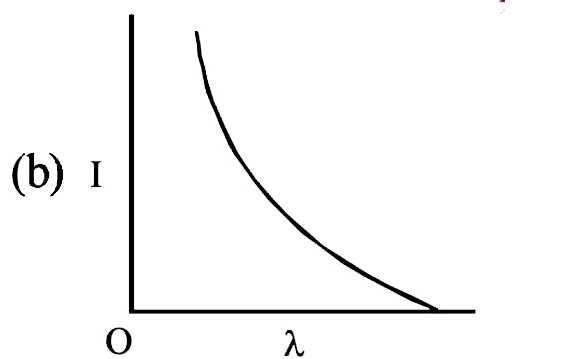 C
C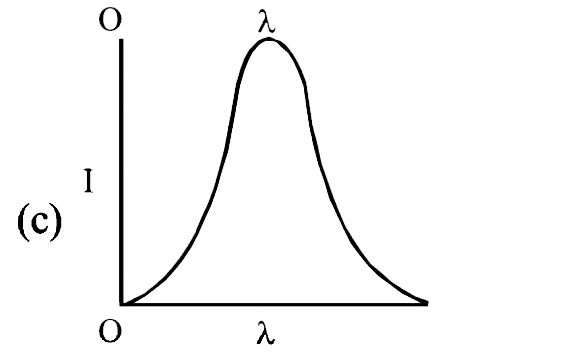 D
D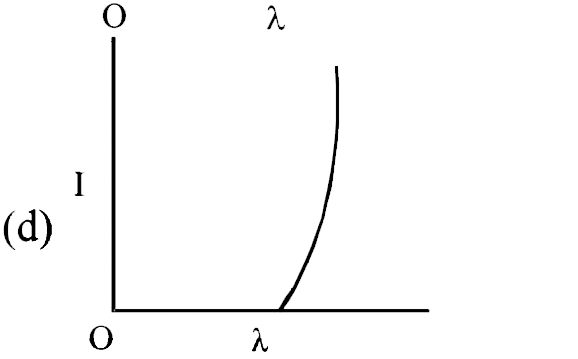
In the experimental setup for a photocell, the wavelength of the light incident on the cathod is initially 0.6 times the threshold wavelength for the material of the cathode. Certain change in the experimental setup are given in column A and their possibel effects are given in column B.
Column AColumn B(i)The intensity of the incident light is doubled but the frequency remains unaltered(a)Photocurrent remains the same(ii)Both the intensity and wavelength of the incident light are doubled(b)Photcurrent falls to zero(iii)The intensity of the incident light is doubled and its wavelength is made half(c)Stopping potential increase(iv)The intensity of the incident light ramains the same and the wavelength is made half(d)Photocurrent increases
View SolutionA vacuum photocell consists of a central cathode and an anode. The internal surface is silver of work function 4.5 eV. The contact potential difference between the electrodes equals to 0.6 V. The photocell is illuminated by light of wavelength 2.3×10−7m.
a. What retarding potential difference should be applied between electrodes of the photocell for the photocurrent to drop to zero?
b. If a retarding potential of 1V is applied between electrodes at what limiting wavelength λ of light incident on the cathode will on the cathode will the photoelectric effect begin?
View Solution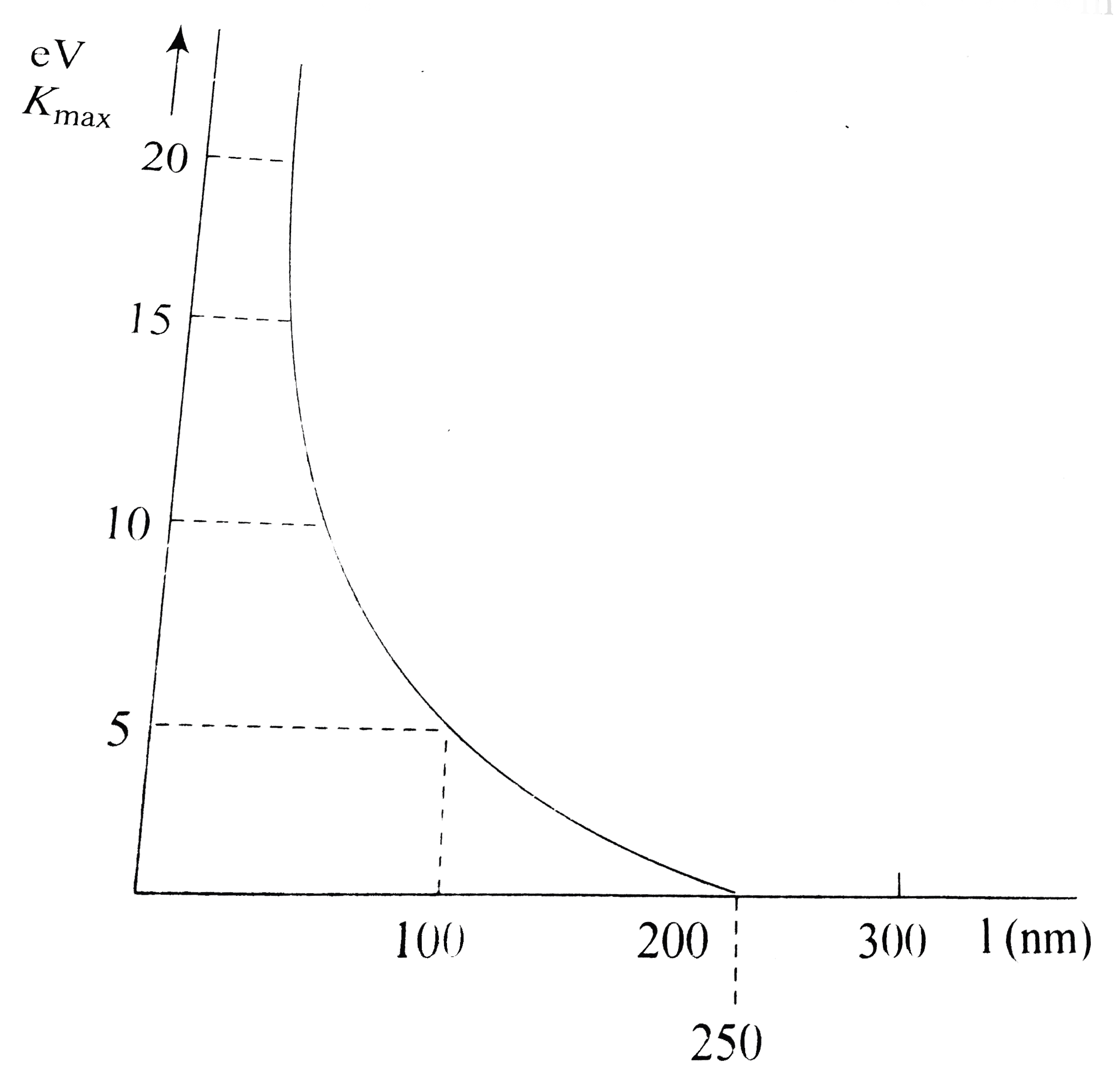
In a photoelectric effect experiment , the maximum kinetic energy of the ejected photoelectrons is measured for various wavelength of the incident light. Figure shows a graph of this maximum kinetic energy Kmax as a function of the wavelength λ of the light falling on the surface of the metal. Which of the following statement/i is/ are correct?
View SolutionTwo identical metal plates show photoelectric effect. Light of wavelength λA falls on plate A and λB fall on plate B lamaA=2λB, The maximum KE of the photoelectrons are KA and KB, respectively, Which one of the following is true?
View SolutionIn the following figure gives the stopping voltage V versus the wavelength λ of light for three different materials. Rank the materials according to their work function, greatest first.

View Solution
